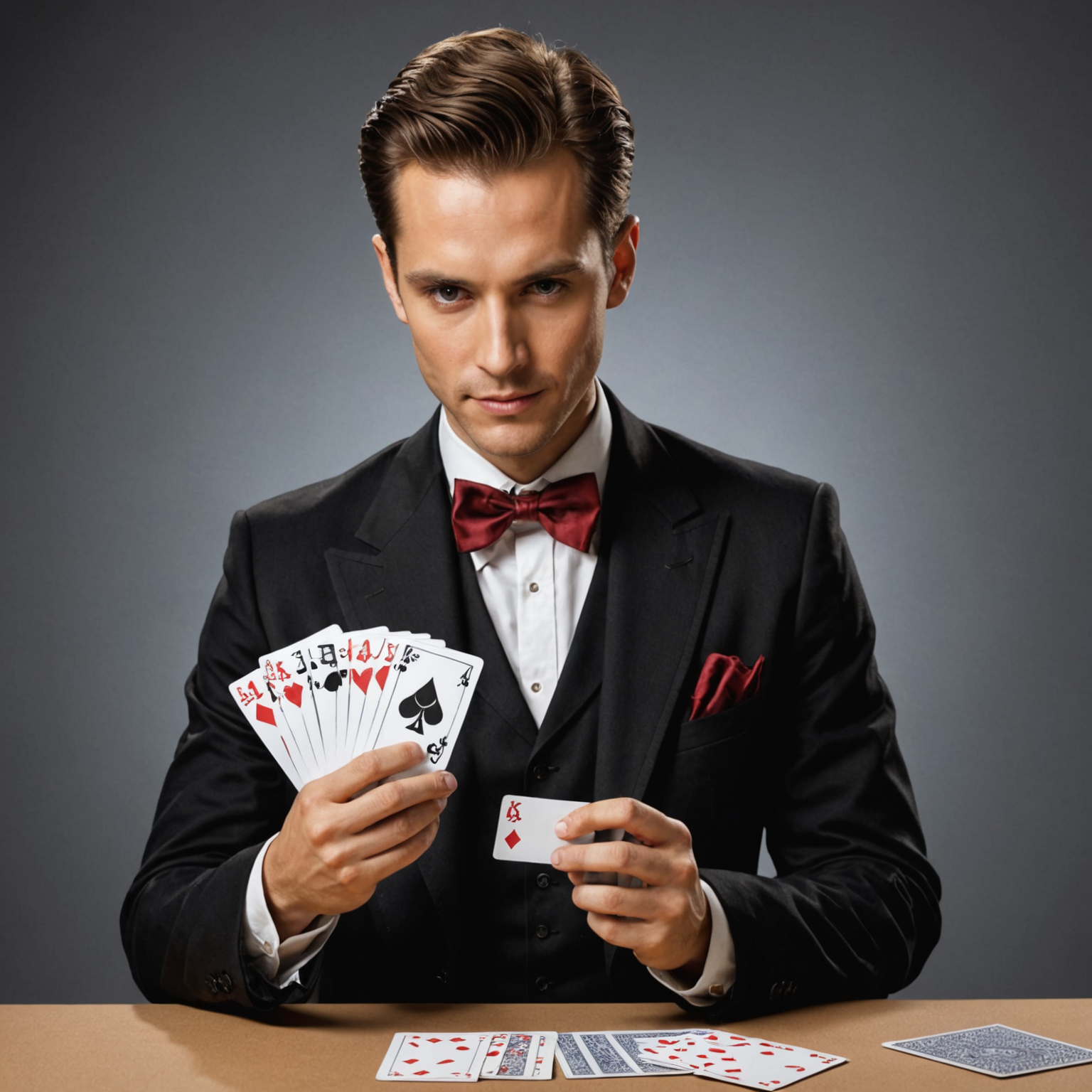The math trick that magicians use to guess your card
 Mathematics behind magic: How magicians use math tricks to guess your card.
Mathematics behind magic: How magicians use math tricks to guess your card.
How simple math makes magic feel like mind reading
By Peter Teoh, Science Writer
Have you ever been amazed when a magician seems to know exactly which card you picked — without peeking? It feels like pure magic, but behind the scenes, math is often the real star. In this article, we’ll uncover the clever mathematics magicians use to guess your card, exploring why it works and how you can impress your friends with your own math-powered magic.
The secret is in the numbers
Magicians often use what’s called a mathematical card trick — a carefully designed method that uses numbers, patterns, and logic instead of sleight of hand. One of the most famous of these is the Twenty-One Card Trick. Here’s the basic idea:
- You start with 21 cards from a deck.
- The magician deals these cards face-up into three piles of seven cards each.
- You silently pick one card and tell the magician which pile it’s in.
- The magician gathers the piles, always placing the pile you chose in the middle.
- This process is repeated three times.
After the third round, your card will always be the 11th card in the deck! How? It’s all about how the piles are arranged and the position of your card moving closer to the middle each time, thanks to simple math and careful counting[5].
Digging deeper: The power of base 3
If you want to understand why the Twenty-One Card Trick works, you need a bit of number magic called base 3 (ternary) counting. Unlike our usual counting system (base 10), base 3 uses only three digits: 0, 1, and 2.
When the magician asks you which pile your card is in, they’re actually learning one digit of your card’s position in base 3. After three rounds, they know all three digits — enough to pinpoint your card exactly. This clever use of base 3 math means the trick works perfectly every time, without fail[3].
Another cool trick: The 26-card prediction
Here’s a mind-blower: a magician flips over 26 cards from a full deck, face up, and secretly remembers the 7th card. After some clever counting and grouping, the magician can predict exactly which card will appear later in the deck, even after removing some cards!
The secret math involves adding up the values of three cards (where face cards like Jacks, Queens, and Kings count as 10) and using the sum to calculate the position of the special card — always landing exactly where expected[1][6].
Mental math magic: The CHaSeD trick
Want a trick you can perform with just mental math? Try this:
- Have a friend pick any card (Ace = 1, J/Q/K = 10).
- They double the value in their head, add 3, multiply by 5.
- Then they add a number based on the suit: Clubs = 1, Hearts = 2, Spades = 3, Diamonds = 4 (think “CHaSeD” to remember).
- They tell you the final number.
You subtract 15 from their number, and the first digit tells you the card’s value, the second digit tells you the suit — instantly revealing their card!
This trick works because the math encodes both value and suit in a way that’s easy to decode, making you look like a mind reader using just numbers[4].
Why math makes magic so reliable
Unlike tricks that depend on sneaky moves, mathematical card tricks rely on certainty — the math guarantees the outcome. As long as the steps are followed correctly (and the deck is complete), the trick will always work.
This blend of math and magic is a fantastic way to see how numbers and logic can create awe-inspiring effects. It’s also a great introduction to concepts like number bases, modular arithmetic, and problem-solving.
Try it yourself!
Grab a deck, pick one of these tricks, and amaze your friends. Understanding the math behind magic doesn’t make it less fun — it makes you part of the secret world of mathematical wizards.
Side Notes
- Face cards (Jack, Queen, King) are often counted as 10 in math tricks for simplicity.
- Base 3 counting is a key concept in many card tricks involving three piles.
- The Twenty-One Card Trick is also called the 11th card trick because the chosen card always ends up in that position.
- These tricks require a full deck and careful following of instructions — missing cards can break the math!
Trending Sidebar
- Math and Magic Videos: Many online tutorials show these tricks step-by-step.
- Number Bases Beyond 10: Discover base 2 (binary) and base 16 (hex) used in computers.
- Famous Mathemagicians: Explore how people like Arthur Benjamin combine math and magic.
- DIY Math Tricks: Try creating your own math-based card trick!
Leave a comment